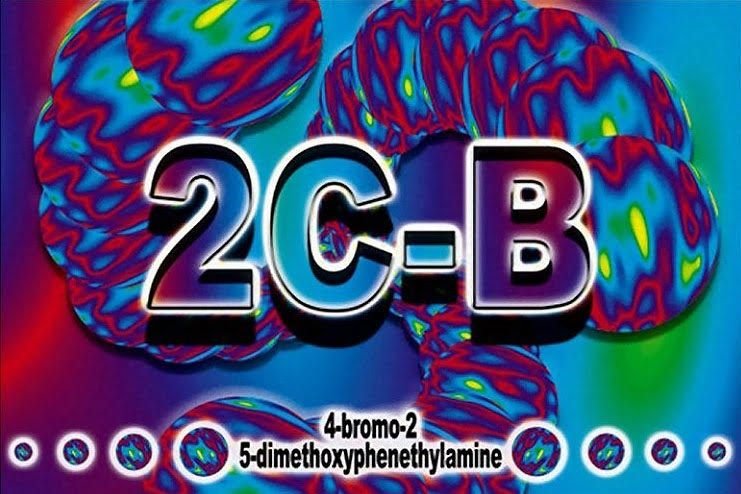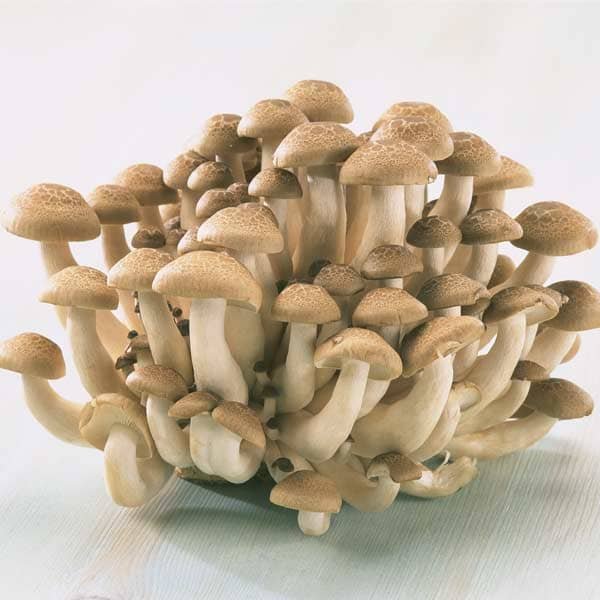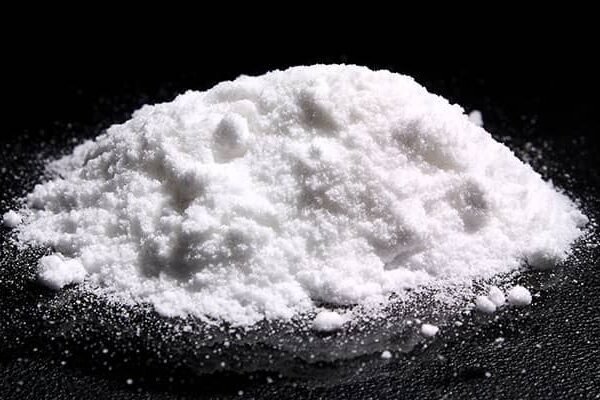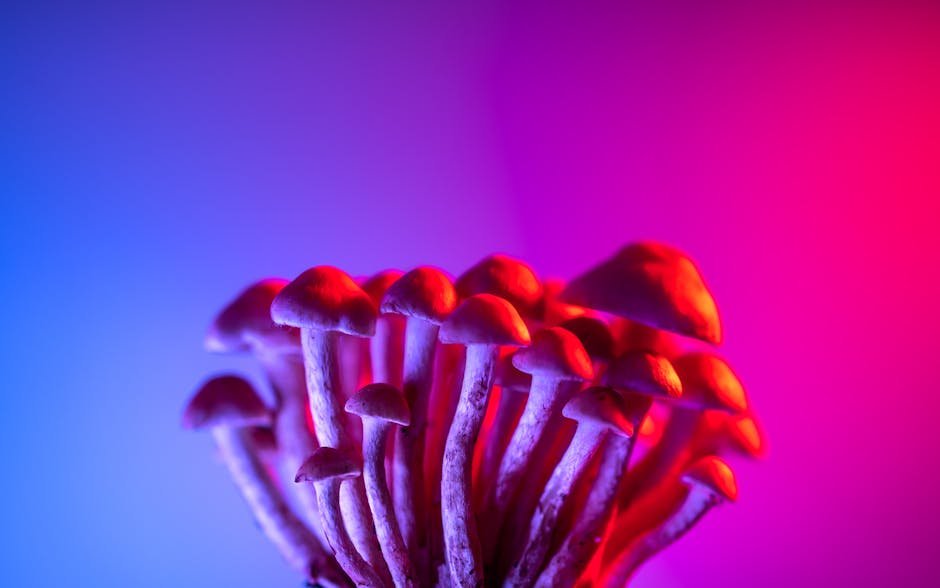Psychedelic microdosing is gaining traction as a popular practice among modern-day seekers of mental well-being and personal growth. Imagine taking tiny, subperceptual amounts of substances like LSD or psilocybin a couple of times a week, with the aim of gaining benefits without the hallucinations. This intriguing method is being explored for its potential in improving mood, enhancing focus, and boosting overall daily function. Here’s a quick look at the search intent:
Benefits of Psychedelic Microdosing:
- Improved mood and emotional well-being
- Improved focus and concentration
- Increased creativity
- Potential aid against depression and anxiety
With mental health disorders on the rise globally, there’s a resurging interest in psychedelics as a form of therapy. In the past, these substances were often shrouded in controversy, but now they are being re-examined for their therapeutic potential. Studies show mixed results, with some users reporting significant improvements in mental health and others cautioning about the need for more controlled research. As the legal landscape slowly changes, people are keen to explore these substances as a means to open up mental clarity and emotional balance. microdosing addiction potential

What is Psychedelic Microdosing?
Psychedelic microdosing involves consuming very small amounts of psychedelic substances like LSD or psilocybin. These doses are typically about one-tenth to one-twentieth of a recreational dose, often referred to as subperceptual doses. This means the user does not experience the intense hallucinations or altered states of consciousness associated with higher doses. microdosing psilocybin
LSD and Psilocybin: The Stars of Microdosing
(Lysergic acid diethylamide) and psilocybin (the active compound in magic mushrooms) are the most commonly used substances for microdosing. LSD is known for its potency and long-lasting effects, while psilocybin has been used for centuries in various cultural rituals. Both substances are believed to affect serotonin receptors in the brain, which can influence mood and perception. microdosing for anxiety
Dosing Challenges
One of the main challenges with psychedelic microdosing is determining the right dose. Since these substances are often not regulated, their potency can vary significantly. For instance, the strength of psilocybin mushrooms can differ based on the species and growing conditions, making it difficult to ensure a consistent dose. LSD, usually distributed in liquid form or on blotter paper, also poses challenges in measuring precise amounts.
Another issue is the lack of standardized guidelines for microdosing. Many users rely on anecdotal advice or personal experimentation to find the right balance. This can lead to inconsistent experiences and outcomes.
Why Microdose?
People microdose for various reasons. Some seek to improve their mood, improve creativity, or boost focus and productivity. Others view it as a potential tool for managing mental health issues like depression and anxiety. However, the scientific community is still exploring these claims, and more research is needed to validate the benefits and safety of microdosing.
In summary, psychedelic microdosing is an emerging practice aimed at using the benefits of psychedelics without the intense effects. While promising, it comes with challenges related to dosing and regulation, highlighting the need for further research and standardized guidelines.
Benefits of Psychedelic Microdosing
Psychedelic microdosing is gaining traction for its potential benefits, particularly in mental health and cognitive improvement. Let’s explore some of the key benefits that have emerged from recent research and user reports.
Mood Improvement
One of the most widely reported benefits of psychedelic microdosing is mood improvement. Users often report feeling happier and more optimistic. A review of studies indicates that microdoses of substances like LSD and psilocybin can lead to improved mood and emotional well-being. In fact, many individuals with mental health concerns, such as depression and anxiety, microdose to specifically target these issues.
Creativity Boost
Microdosing is also associated with increased creativity. Participants in studies have noted improved creative thinking, which can be particularly beneficial for artists, writers, and anyone engaged in creative tasks. Prochazkova et al. found that microdosing improved both convergent and divergent thinking, suggesting that these substances might help balance cognitive persistence and flexibility.
Focus Improvement
In addition to mood and creativity, microdosing is believed to boost focus and concentration. Users report heightened attention to detail and an improved ability to concentrate on tasks. This can be especially useful in work settings where sustained focus is necessary. Some studies have shown that on dosing days, individuals experience increased psychological functioning, including better focus.
Mental Health
The potential mental health benefits of psychedelic microdosing are a significant area of interest. Some users report reduced symptoms of depression and anxiety, as well as lower levels of stress. Rootman et al. found that microdosers with mental health concerns reported lower levels of depression, anxiety, and stress. Although these findings are promising, it’s important to note that more controlled studies are needed to establish a clear link between microdosing and mental health improvements.

While the benefits of psychedelic microdosing are compelling, they should be weighed against potential risks and limitations. In the next section, we’ll dig into the science behind microdosing to understand how these small doses might influence brain function and behavior.
The Science Behind Microdosing
Understanding the science behind psychedelic microdosing is key to assessing its potential benefits and limitations. Let’s explore how microdosing might work on a neurological level and explore the role of psychological factors like the placebo and expectancy effects.
Neuron Growth
Emerging research suggests that psychedelics may promote neuron growth, which could underpin some of their purported benefits. Studies have shown that substances like LSD and psilocybin can stimulate neurogenesis—the growth of new neurons—and synaptogenesis, the formation of new synaptic connections. This is particularly intriguing for mental health, as improved neuronal connectivity may improve mood and cognitive function. However, these findings are mostly from preclinical studies, and more research is needed to confirm these effects in humans.
Placebo Effect
The placebo effect is a well-known phenomenon where individuals experience real changes in their health or behavior simply because they believe they are receiving treatment. In the context of psychedelic microdosing, some studies, like the one by Szigeti et al., indicate that the positive outcomes reported by microdosers could largely be due to the placebo effect. In their study, both microdose and placebo groups showed significant improvements in psychological outcomes, suggesting that expectations might play a significant role.
Expectancy Effect
Closely related to the placebo effect is the expectancy effect, where a person’s beliefs about a treatment influence their experience. Polito and Stevenson found that microdosers often expect significant benefits, such as improved mood and creativity. However, these anticipated effects don’t always align with observed outcomes, indicating that expectations might inflate perceived benefits. This highlights the importance of considering psychological factors when evaluating the efficacy of microdosing.
Clinical Trials
Controlled clinical trials are essential for scientifically validating the effects of psychedelic microdosing. While some studies have begun to explore microdosing in clinical settings, the results are mixed. For example, Szigeti et al.’s self-blinding study aimed to minimize biases by incorporating a placebo control. Although improvements were noted in both groups, no significant differences were found between the microdose and placebo groups. This underscores the need for more rigorous trials with larger sample sizes to draw definitive conclusions.
In summary, while the science behind psychedelic microdosing is promising, it remains complex. The interplay between biological effects and psychological factors like the placebo and expectancy effects complicates the picture. As research continues, it’s crucial to conduct well-designed studies to solve the true impact of microdosing on the brain and behavior.
Next, we’ll explore the potential risks and safety concerns associated with microdosing.
Potential Risks and Safety Concerns
While psychedelic microdosing is gaining popularity, it’s important to be aware of the potential risks and safety concerns involved. Let’s break down some key issues:
Legal Status
The legal status of psychedelics varies widely across the globe. In many places, substances like LSD and psilocybin are still classified as illegal drugs. This means that possessing or using them—even in small amounts for microdosing—could lead to legal consequences. However, some regions are starting to relax these laws, allowing for controlled therapeutic use. Always check the legal status in your area before considering microdosing.
Dosage Accuracy
Measuring the correct dose for microdosing can be tricky. The doses are often so small that even a slight miscalculation can lead to unintended effects. Taking more than intended might result in stronger, potentially overwhelming experiences rather than the subtle benefits sought from microdosing. This is why it’s crucial to use accurate scales and be cautious when preparing doses.
Physiological Tolerance
Repeated use of psychedelics can lead to physiological tolerance, where the body becomes less responsive to the substance over time. This means that the same dose might become less effective, prompting users to increase their intake, which can lead to other risks. It’s important to monitor how your body responds and to take breaks to avoid building tolerance.
Mental Health Risks
For individuals with underlying mental health conditions, microdosing can pose additional risks. Those with disorders such as schizophrenia or bipolar disorder should exercise extreme caution, as psychedelics can exacerbate symptoms or trigger episodes. Even for those without diagnosed conditions, there’s a risk of experiencing anxiety, paranoia, or mood swings, especially if dosages are not carefully managed.

In summary, while psychedelic microdosing may offer potential benefits, it’s not without its risks. Legal, dosage, tolerance, and mental health concerns must be carefully considered. Always consult with a healthcare professional before starting any new regimen, and stay informed about the laws and guidelines in your area.
Next, we’ll address some frequently asked questions about psychedelic microdosing.
Frequently Asked Questions about Psychedelic Microdosing
What is the best psychedelic for anxiety?
When it comes to treating anxiety, MDMA is often highlighted for its potential benefits. MDMA, also known as ecstasy, has shown promise in treating PTSD (Post-Traumatic Stress Disorder) due to its empathogenic effects. These effects help users feel more connected and open, which can be particularly beneficial during therapeutic sessions. However, it’s important to note that MDMA is not typically used for microdosing due to its potent effects and the need for careful administration in a controlled setting.
Can psychedelics heal mental illness?
Psychedelics like LSD and psilocybin have been studied for their potential to alleviate symptoms of depression and anxiety. Clinical trials are exploring how these substances might help by altering brain activity and promoting new patterns of thinking. For instance, some studies suggest that psychedelics can help “reset” the brain’s default mode network, which is often overactive in conditions like depression. However, while initial results are promising, more research is needed to fully understand their therapeutic potential and to establish standardized treatment protocols.
Are psychedelics good for the brain?
There is growing interest in how psychedelics might benefit brain health. Research indicates that psychedelics could promote neuron growth and improve connectivity in the prefrontal cortex, a brain area involved in decision-making and emotional regulation. This potential for promoting plasticity and connectivity suggests that psychedelics might help in treating brain disorders. However, the science is still in its early stages, and while the potential is exciting, it’s crucial to approach these findings with cautious optimism. More rigorous studies are needed to confirm these effects and to understand the long-term implications of psychedelic use on brain health.
In summary, while psychedelics show potential in addressing anxiety, mental illness, and brain health, their use should be approached carefully and under professional guidance. As research continues, we hope to gain clearer insights into their benefits and risks.
Conclusion
Quality Trip Resort is at the forefront of the psychedelic revolution, offering a wide array of psychedelic substances with fast shipping and secure payment options. As interest in psychedelic microdosing grows, we’re committed to providing safe and reliable access to these substances for those exploring their potential benefits of microdosing success stories, microdosing for depression etc..
The resurgence of psychedelics, especially in the field of microdosing, has opened new avenues for mental health improvement. Early research suggests that microdosing can improve mood, creativity, and focus, and may even offer therapeutic benefits for conditions like depression and anxiety. However, these findings are just the beginning. The scientific community continues to explore the mechanisms behind these effects, such as neuron growth and changes in brain connectivity.
Future research is essential to fully understand the scope and limitations of psychedelic microdosing. As studies advance, they will likely provide more detailed insights into how these substances can be used safely and effectively. This ongoing research will also help clarify any potential risks, ensuring that users can make informed decisions about their mental health journeys.
Legal considerations remain a critical aspect of the psychedelic landscape. While some regions have decriminalized or even legalized certain psychedelics, others maintain strict regulations. As public perception shifts and more scientific evidence emerges, we anticipate changes in legal frameworks that could broaden access to these promising therapies.
At Quality Trip Resort, we are excited to be part of this evolving field. We believe in the potential of psychedelics to transform lives and are dedicated to supporting the safe and informed use of these substances. As research progresses and legal landscapes change, we remain committed to helping our customers steer psychedelic microdosing with confidence and care.
microdosing for depression, microdosing regimen, best practices for microdosing, microdosing frequency, psychedelic therapy, microdosing and mental health, microdosing research, , microdosing and productivity, , microdosing legality,




